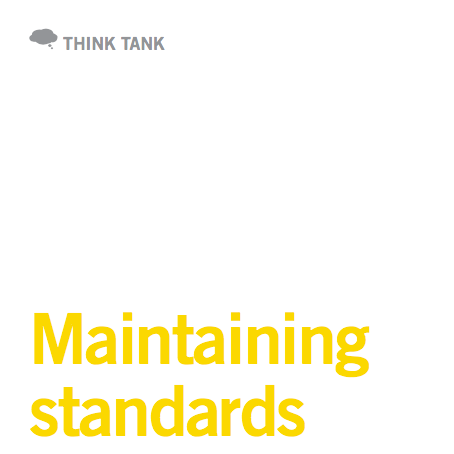As one might imagine, the connection of inverters to a public grid system is subject to numerous compliance procedures and regulations. But how and why are these systems tested? Here, Peter Mock of Spitzenberger & Spies gives us the reasons and processes behind this crucial aspect of solar grid implementation.
The “OK” for the connection of solar inverters to the public grid is amongst other things accompanied by European and international standards. The political base of the authorisation of grid interconnection is the EMC directive 89/336/EEC of the European Union.
Within the EMC directive, several emission and immunity standards need to be covered and fulfilled by electronic equipment. If an electronic device is compliant to these standards the manufacturer can label it with the CE mark label and the device is allowed to be connected to the public grid.
To be compliant to the CE label standards, the electronic equipment must withstand several emission and immunity tests.
Looking to the emission limits which are defined for electrical devices, the IEC/EN61000-3 series of standards is the reference to be compliant to. The measurement devices necessary to proof the compliance – a harmonics analyser and a flicker meter, are described in two standards from the IEC/EN61000-4 series.



























